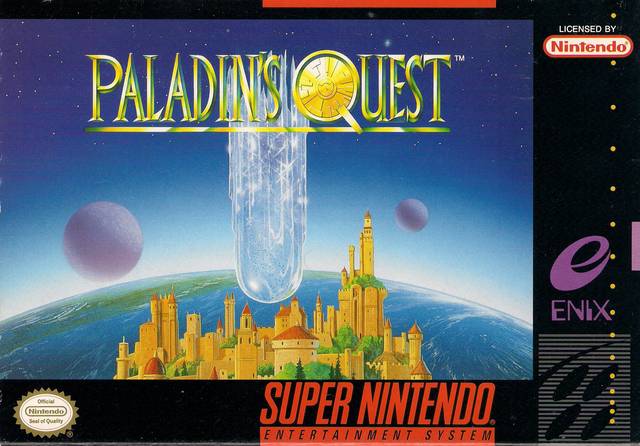
Known in Japan as Lennus: Kodai Kikai no Kioku (subtitle translated to Memories of an Ancient Machine), Lennus was first released in the Land of the Rising Sun on November 13, 1992. It was one of the earliest RPGs on the SNES. Nearly a year later, Enix picked it up for distribution throughout North America in November of 1993. The title was changed to Paladin’s Quest. This is, at the very least, a rather quirky and interesting game. While never thought of as one of the Super Nintendo’s finest, Paladin’s Quest isn’t without some merit if you can overlook some of its flaws. Truth be told, I didn’t give a damn about the RPG genre as a kid. However, I was always fascinated by the lesser touted titles. I remember seeing the ad for Paladin’s Quest during the holiday season of 1993 and being semi-curious about it despite the fact that I didn’t care for RPGs back then.
My taste in gaming thankfully matured over the years as the RPG genre became one of my favorites. One of the best things about this hobby as an adult is the ability to quell longstanding childhood curiosities. Five years ago in 2013, that’s exactly what happened for me with Paladin’s Quest.
PARTY LIKE IT’S 1994
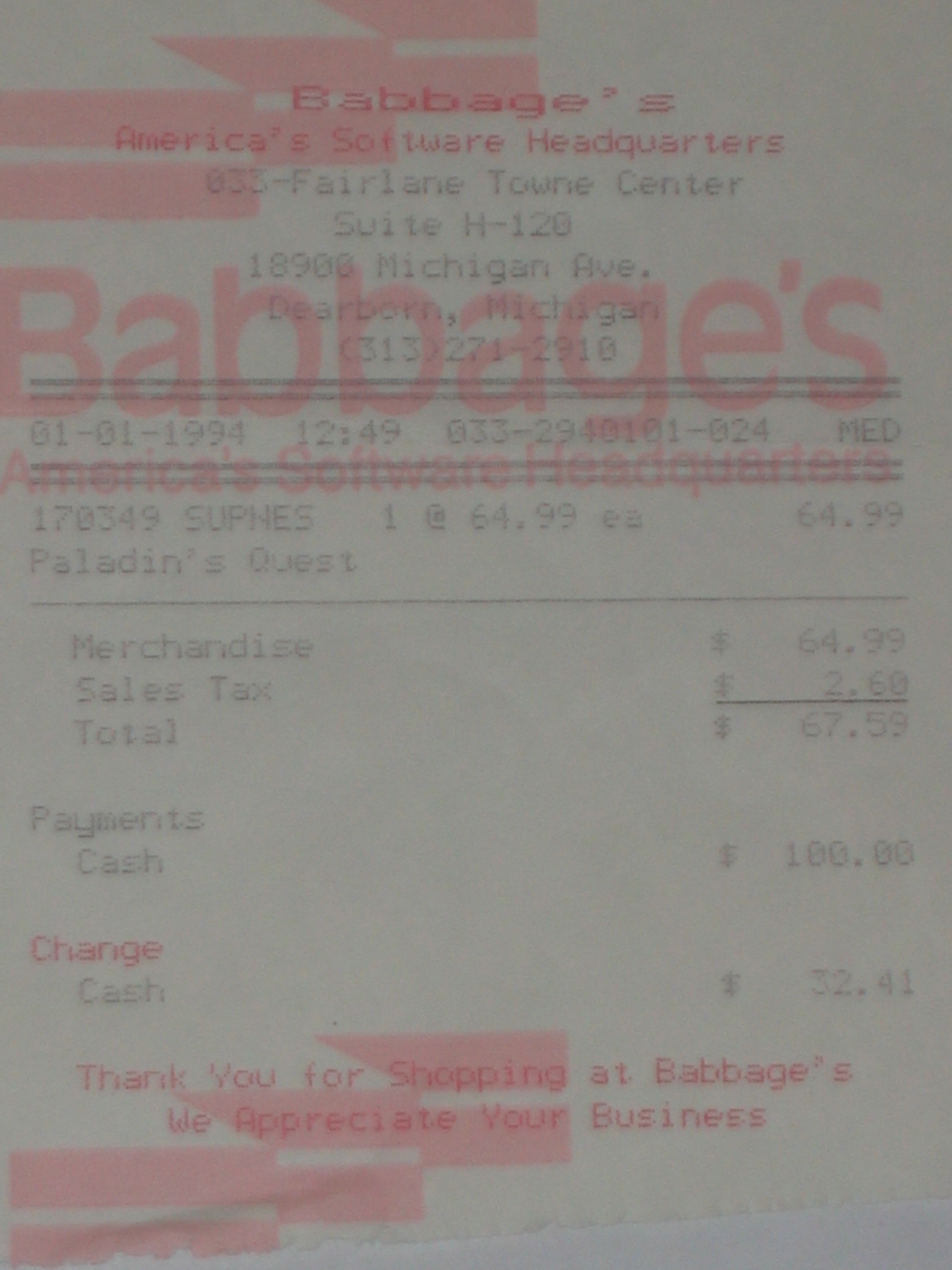
I first bought Paladin’s Quest (cart only) on February 13, 2006. I bought a second copy complete in box with instruction manual and map charts in 2010. It was cheap enough ($22.48) and I was trying to complete my boxed SNES collection. What a lovely surprise when I realized the game was being passed down to me from its original owner, receipt and all! So many thoughts raced through my mind as the receipt fell out of the box upon arrival. He bought it right after lunch on January 1, 1994. Paladin’s Quest was released about three months prior. Did he want it for Christmas? Did he have to save up in order to buy it? Did his parents buy it for him? How old was he? In my head I picture a hardcore RPG nut power walking to Babbage’s after eating a Big Mac combo meal at the food court, determined to purchase Paladin’s Quest on the first day of the new year. On second thought, he probably didn’t eat at McDonald’s. Look at him busting out a crisp Benjamin Franklin on the spot like a big baller. Yup, he definitely had Black Angus for lunch.
One of the coolest things about RPGs back then was that many came packaged with all sorts of neat maps and charts. Paladin’s Quest had some nifty ones as you can see here.
Sure there were many palette swaps but it was still an impressive roster of monsters.
Some of the abbreviations were annoying but having this chart certainly helped.
He paid $67.59 in 1994 and I paid $22.48 in 2010. A differential of $45.11. Such is the life and fate of old video games.
PALADIN’S QUEST BEGINS

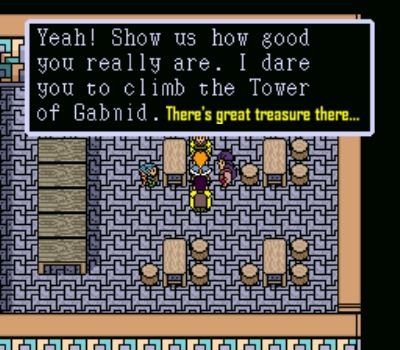
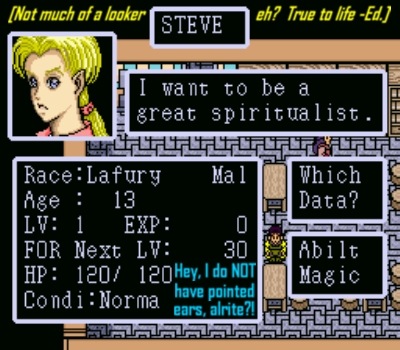
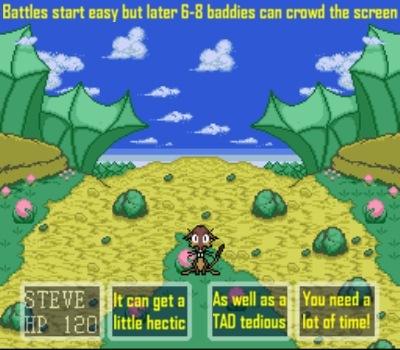
Battles with six or more bad guys can get a little drawn out to say the least. You’ll need a healthy dose of patience to plow through this game.
The battle menu is pretty cool. Select commands simply by pressing the D-Pad.
Let’s say you click on weapon. This opens up a variety of options, from attacking to healing. Theoretically, you could play with one hand. The other hand you can use to… well, nevermind.
The good duke, er… Duke, follows you up the Tower of Gabnid. If only you knew beforehand what you’re about to discover…
Truth or Dare, a supernatural horror movie, hits movie theatres next month (April 2018). As you can surmise from the title, it’s about lies and dares that go terribly wrong. You ever had a dare go REALLY wrong before? Well, our hero is about to experience just that!
You just activated DAL GREN: Destroyer of Worlds. Good job, Steve.
There’s nothing you can do as Dal Gren automatically punishes you.
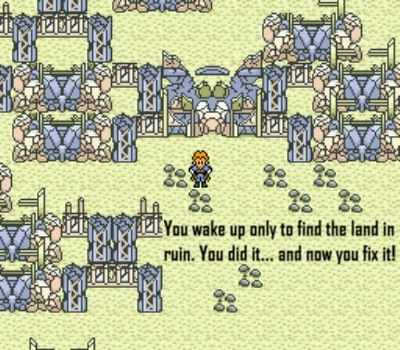
One little dare gone wrong and you’re partially responsible for having wiped out your own land. Talk about a rough day.
Sad but true. The hero moves at a snail-like pace with no run option in sight. It’s enough to possibly turn away potential players for good. I wasn’t kidding when I called Paladin’s Quest a more methodical RPG than the norm.
See that liquor bottle sign there? That signals the local tavern. It is here that you can recruit mercenaries for hire. There are many different mercenaries as you traverse the game. Upgrading and managing your allies is part of the key to success. Keep in mind that some allies are not always what they seem…
Look up their stats and abilities prior to plopping down the cash. Choose and manage your allies wisely. Thankfully, you can freely swap them out as you please. Well, most of them anyhow…
It’s standard RPG fare. You know what you’re getting. Despite Paladin’s Quest being slow as hell, it has its moments too.
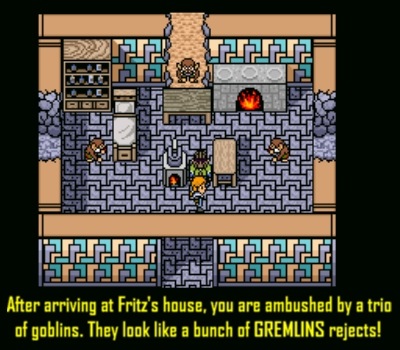
Ah, Gremlins. Loved that movie back in the ’80s. There’s three of them here but they’re not too difficult. Dispose of them quickly and leave before the house burns to a crisp.
“Hey, how about we crash this place?”
“Looks like a shady part of town to me…”
*GROWL*
“Did you hear that?! That wasn’t my stomach…”
“Don’t be such a pussy cat! Let’s set up camp here.”
“I guess beggars can’t be choosers but… f*ck my life.”
With fairly being the operative word here. Random enemy encounters. They play such a notable role, pardon the pun, in role playing games. Have too many battles and you risk suffocating the player. Have too few and the player waltz through. In the case of Paladin’s Quest, the random enemy encounter varies greatly. Sometimes it feels like you can walk a decent distance without a random battle. But other times it seems like you can’t take four steps without a group of enemies attacking you. This can make collecting “way out there” items a pain in the ass.
Alornso is no cake walk. You’ll need to make every battle turn count, especially since your party is sitting at only two members up to this point.
Be sure to develop your hero’s spells. Unlike most other RPGs where leveling up means your magic ability increases, here in Paladin’s Quest you can only level up your spells BY USING THEM. There is no MP count. Using spells takes points away from your HP. It may feel funky at first but to me at least it soon became second nature.
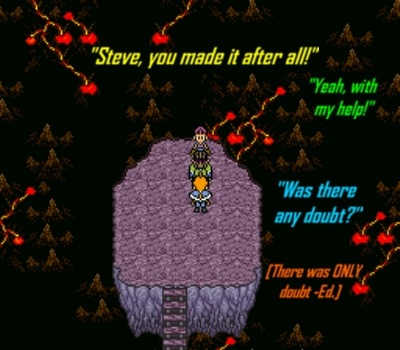
Gotta love that Midia. She’s the type to go to the ends of the earth for ya.
Paladin’s Quest possesses a certain weird quirky atmosphere, thanks in no small part to its abundant strange looking towns and villages. Although the visuals are somewhat lackluster, the creativity behind them isn’t completely lost. The pastel-like colors has a way of transporting you into a fascinatingly odd world that’s reminiscent of a bizarre nightmarish dream after eating a leftover five-layered burrito a few days past its expiration date.
It’s always a thrill clicking on shelves and cabinets and then hearing the sound effect that plays whenever an item is discovered. Love that feeling (and sound)!
The added points are random. It’s always nice when you come out on the higher end like Steve does here, adding four points to his total.
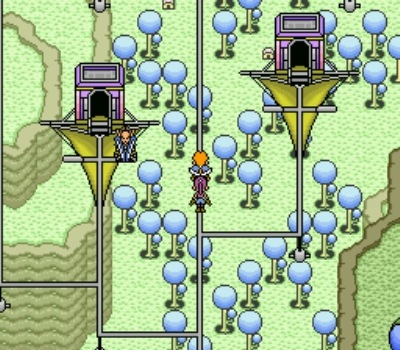
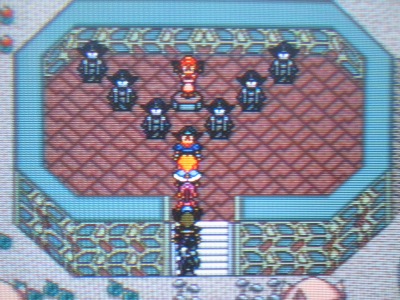
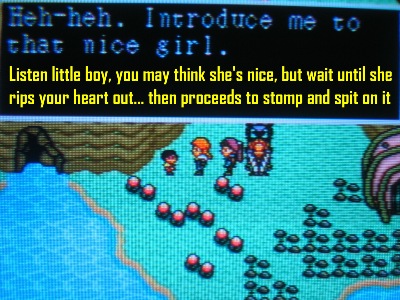
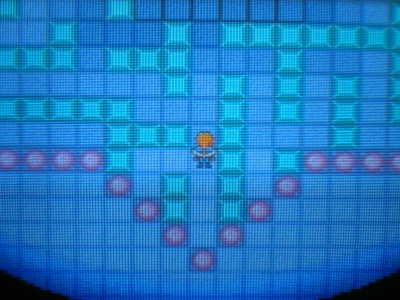
This must have drove everyone who played this game back in the ’90s crazy. Nowadays we have YouTube to show us the way. Some may call it “cheating” but just try solving this for 10 minutes before you too inevitably say “Man, f*ck this shit.” Some puzzles just aren’t worth the pain of trying to figure out on your own. Life is too short. When you get to this part, just remember my words…
THE SEQUEL TO PALADIN’S QUEST: LENNUS II
Did you know that Paladin’s Quest saw a sequel on the SNES? It only came out in Japan, though. Lennus II was released on July 26, 1996. Thanks to the efforts of hardcore translators, those who can’t read Japanese can now enjoy and play through “lost games” such as Lennus II. I went through Lennus II after beating Paladin’s Quest, and I’m happy to say that it improves upon the original in pretty much every way. It’s no Chrono Trigger but hey, what is? RPG lovers will enjoy Lennus II. It even makes several references back to the first game. For example, take a look at the picture above that mentions Midia. It isn’t necessary to beat Paladin’s Quest first but it helps since that will give you the complete backstory. However, some may find Paladin’s Quest too off-putting, so you might want to skip straight to Lennus II if that’s the case. Lennus II won’t rock your world but it’s not a bad way to spend a couple weeks with.
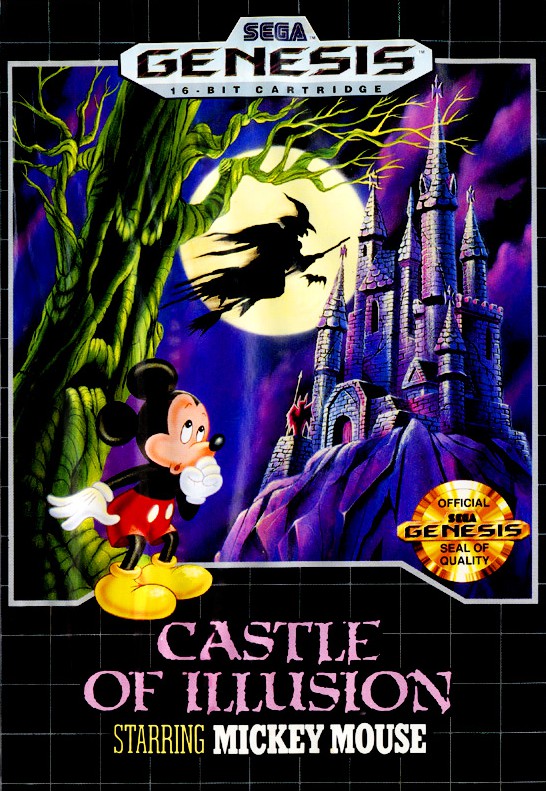

WHAT THE CRITICS SAID
I’ve always been a fan of the box art which does a stellar job of conveying a magical adventure in the making. Unfortunately, the game itself isn’t quite so magical. And the critics of the time agreed. The game received mostly middling scores. EGM gave it ratings of 5, 6, 6, 8 and 8. Super Play rated it 62%. GameFan completely overlooked it, which suggests that they didn’t think much of it. Otherwise, they would have been thrilled to promote and champion Paladin’s Quest. You know it’s a bad sign when GameFan (who handed out high scores like they were free condiments going out of style) completely ignores covering a game back in those days.

Not only does it have a cool cover but it also has one of the best looking SNES title plates you’ll ever see. Well, at least it has that going for it, eh?
CLOSING THOUGHTS
The SNES is blessed with an amazing library. In particular, the RPG genre is well represented. Some of the very best of all time resides on the Super Nintendo. As someone who fell in love with the genre moreso as a young adult, I’m experiencing gaming redemption left and right. Playing through the likes of Secret of Mana 2, Tales of Phantasia, Terranigma and Treasure Hunter G has been an absolute blast. I’ve been on a quest since 2006 to play through all of the Super Nintendo RPGs that I own. Paladin’s Quest is one that has always intrigued me, even back in 1993 when I didn’t care for the genre. Its off-the-beaten path vibe and unique art style made me hopeful that it might turn out to be something of a sleeper hit. After investing over 30 hours during the span of three and a half weeks, I can safely say that Paladin’s Quest resides somewhere in the middle of the SNES RPG pack. It’s by no means great but it’s not without some merit, either.
Let’s start with the good. The first thing that jumps out is no doubt the pastel-like visuals. It’s not for everyone but I personally dug it. It helps to give the game a rather distinct style. There aren’t many RPGs with the kind of look that Paladin’s Quest employs. Secondly, there’s the unique mercenary system where you can recruit allies to aid you in battle. It gives the game some strategy and even serves as sort of an in-game difficulty buffer. Looking for a tougher challenge? Then pay off the weaker fighters to join your crew. Looking for the least path of resistance? Then select the most ruthless and powerful assassins. Variety is the spice of life. It’s a double-edged sword, though. Because you can add to and subtract your party members as you go, there’s never much of a cohesive “team story” here as you’d see in most other RPGs, but having fresh characters come and go keeps you on your toes.
However, the story does mainly circulate around Chezni (or Steve or whatever name you decide to give the main hero). Therefore, I never felt robbed of a team story as this is Chezni’s quest. The back of the box spells it out for you pretty clearly so at least there is no false advertising. Besides, there are hundreds of RPGs that follow the traditional typecasting of RPG party members. So at the very least, Paladin’s Quest offers something a little different with its notable mercenary system. Yes, the mercenaries are underdeveloped and thus come off feeling a little soulless, but if you really think about it, that’s a mercenary to a tee. It’s all just a matter of perspective!
Now that the positives have been highlighted, let’s look at the negatives. Chezni moves like he just shitted in his pants. With no run option to offset this, this is a very slow moving RPG. To further accentuate that, battles tend to drag especially when dealing with up to eight (!) enemies at a time. Bosses are disappointingly weak. Random enemy encounters can linger on unbearable at times. The battle system is a bit awkwardly constructed. There are some pretty good tracks but the music isn’t all that memorable. What you’re left with then is a decent RPG. Paladin’s Quest does have its share of ardent fans so who knows, you might end up being in that camp. But for me, it was just alright. The first half was definitely the most enjoyable while the second half began to drag a bit too much. There’s groundwork for a solid RPG here but the execution left something to be desired. Paladin’s Quest isn’t unplayable but you can certainly find better ways to spend 25-30 hours on your SNES than this. The Super Famicom only sequel, Lennus II, is a far better and more satisfying effort. Try that one if you can!
Graphics: 6
Sound: 7
Gameplay: 6
Longevity: 6
Overall: 6.0
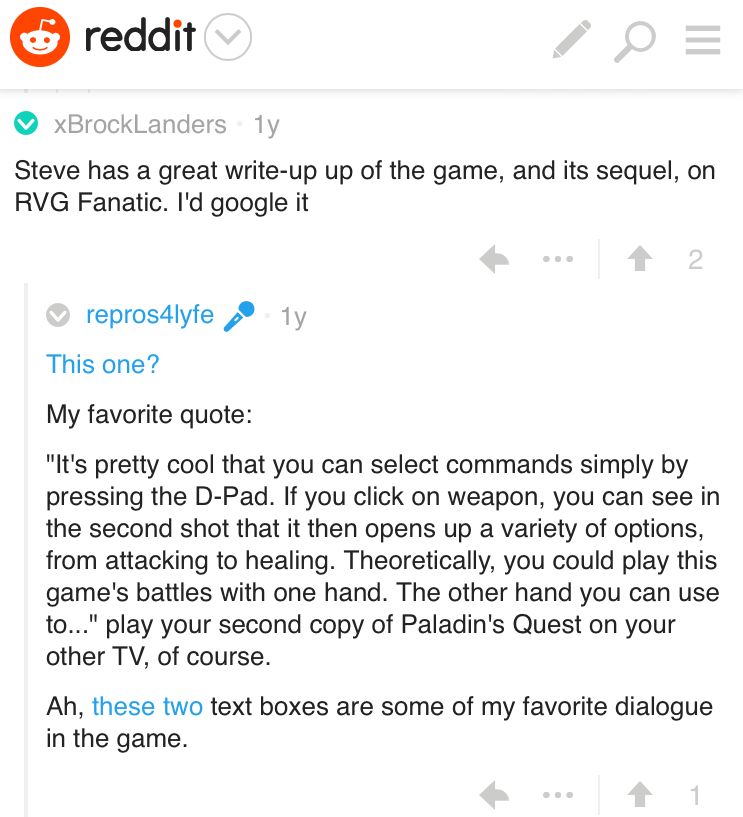
While transferring over my Paladin’s Quest review from my original website to this WordPress, I found out literally yesterday that I was given some love on the SNES Reddit when a guy posted asking about Paladin’s Quest on October 30, 2016. Brock Landers gave my site, RVGFanatic, a personal recommendation. Pretty cool stumbling across this yesterday while fixing up my original review and doing some additional research. Didn’t expect to see that Reddit post but it totally made my day. Thanks guys! ![]()
Ahhhhh yes… this classic bit of dialogue. @ repros4lyfe, those two text boxes are some of my favorites from the game too!
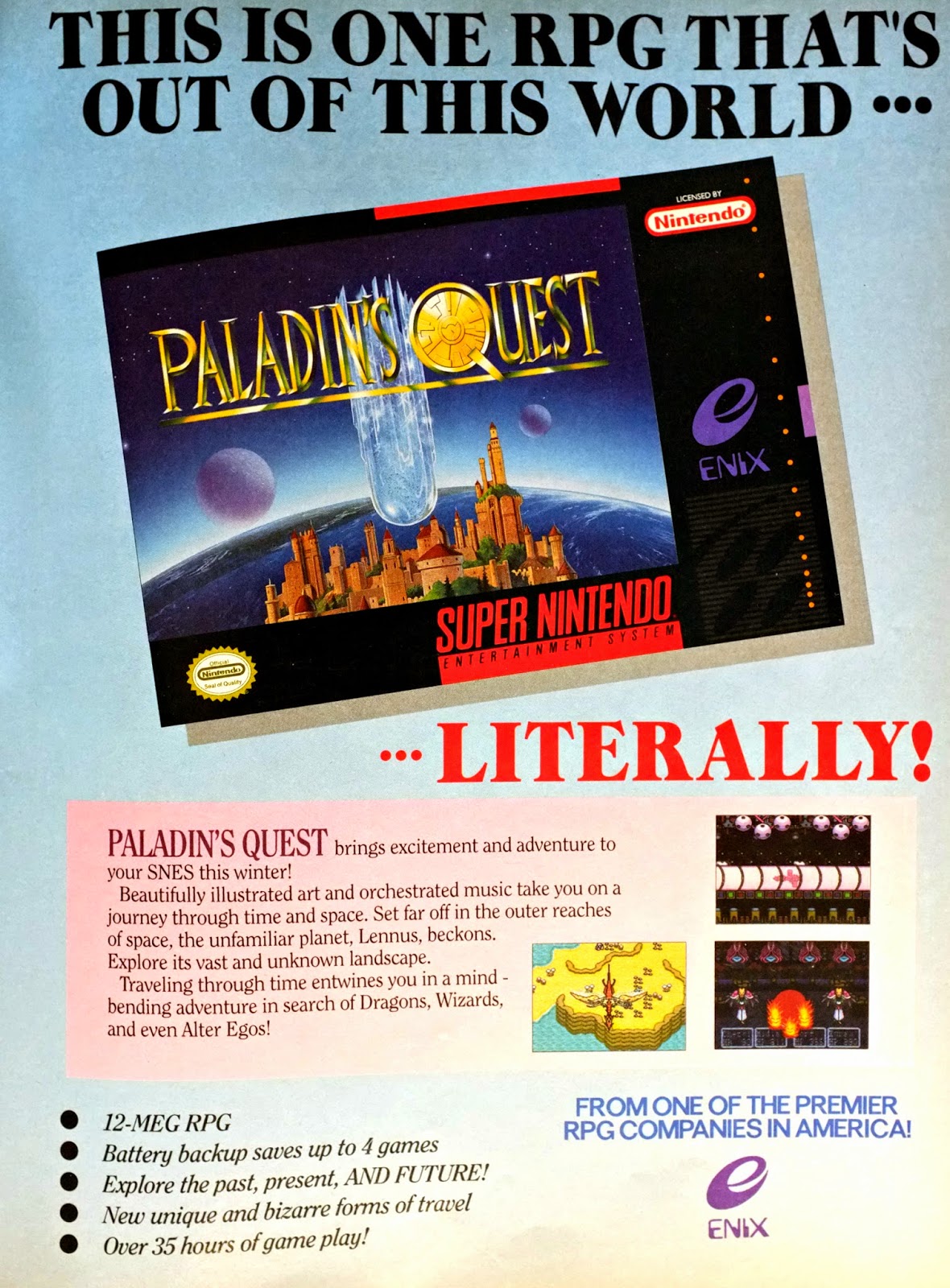
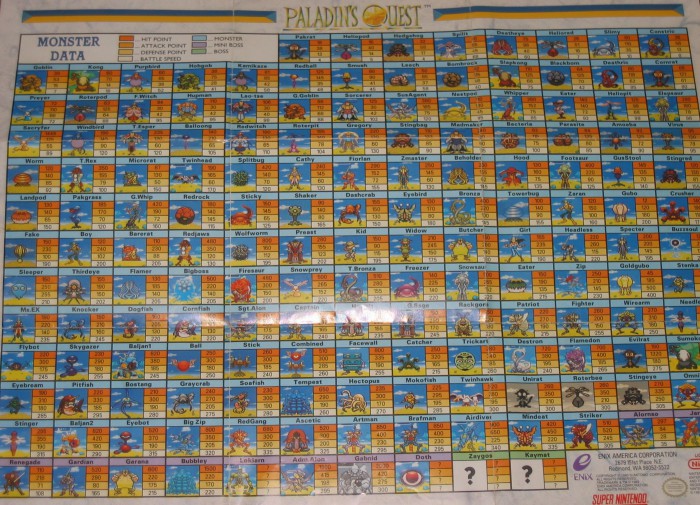
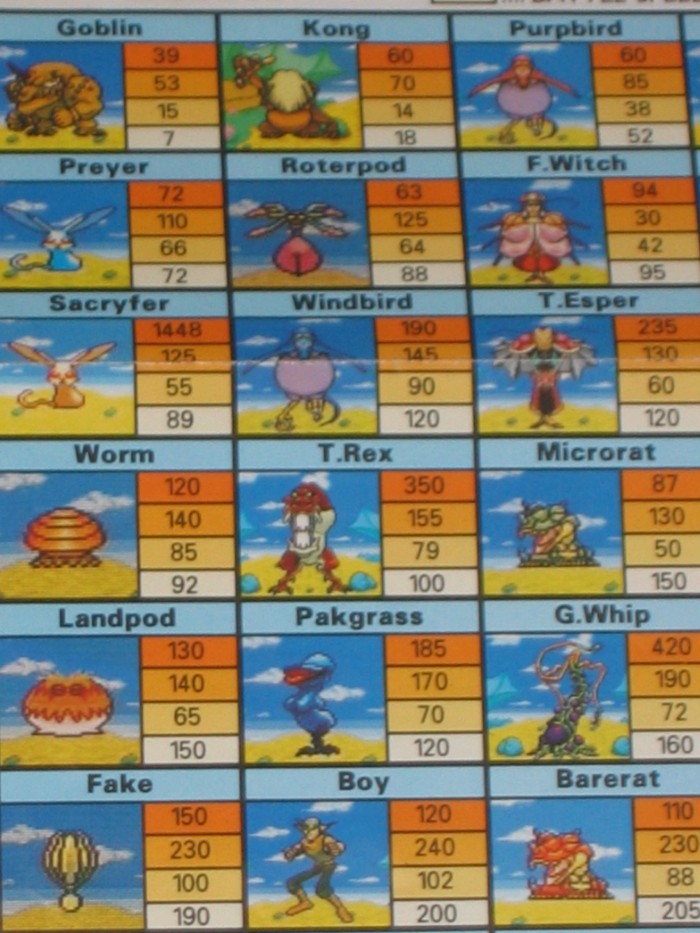
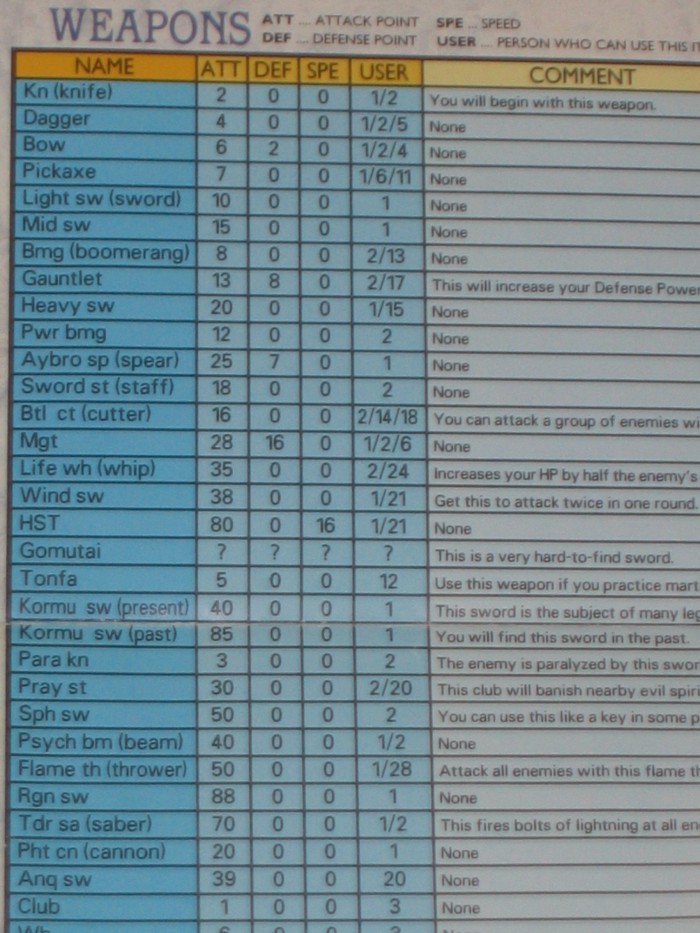

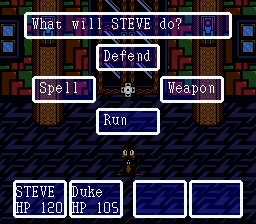
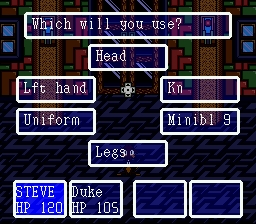
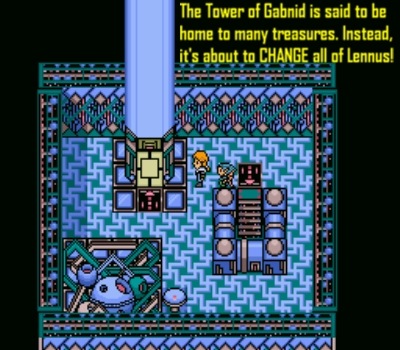
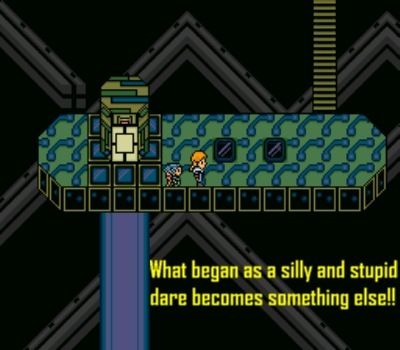
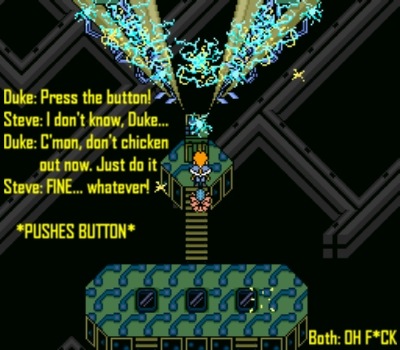
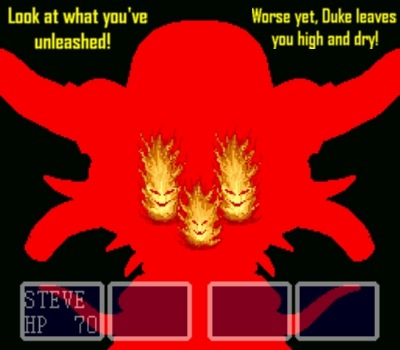
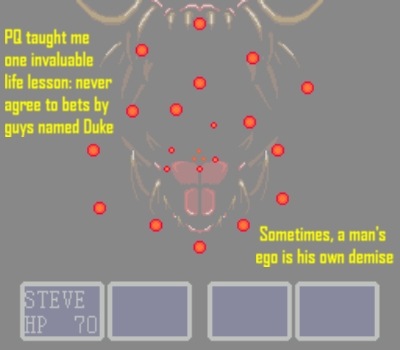
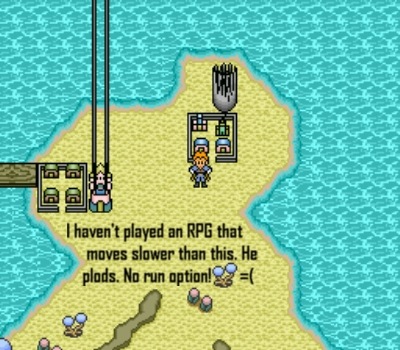
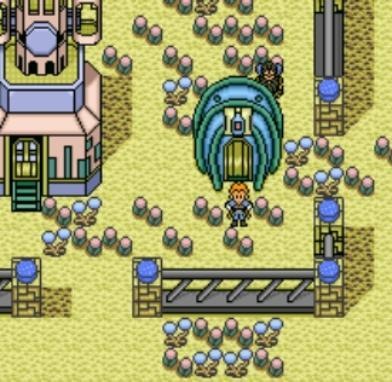
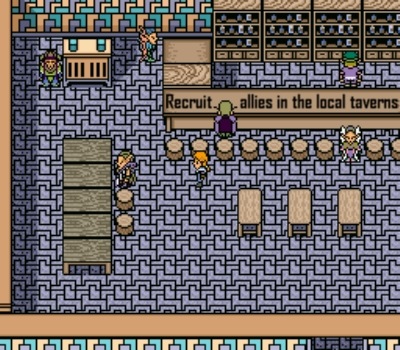
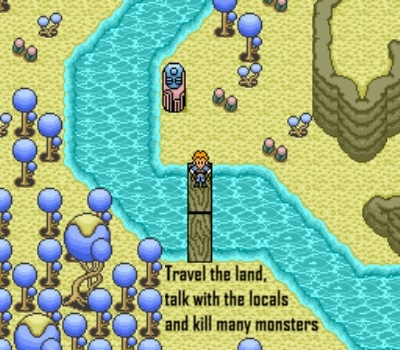
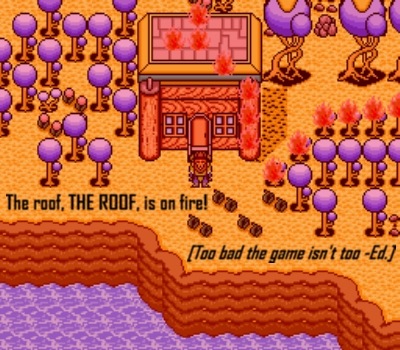
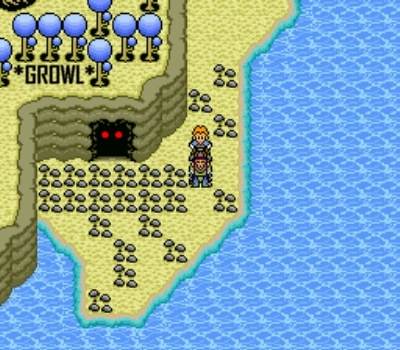
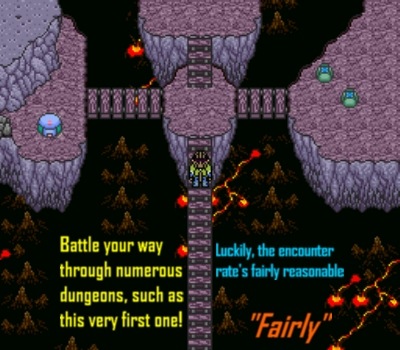

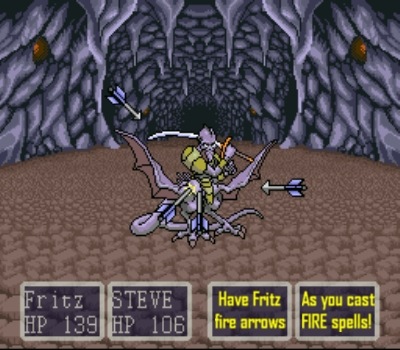
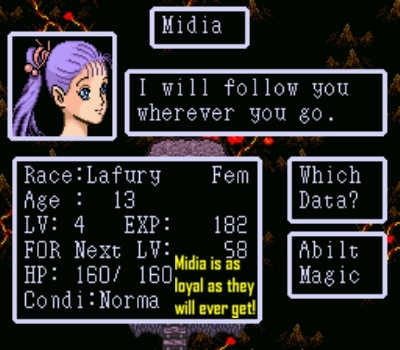
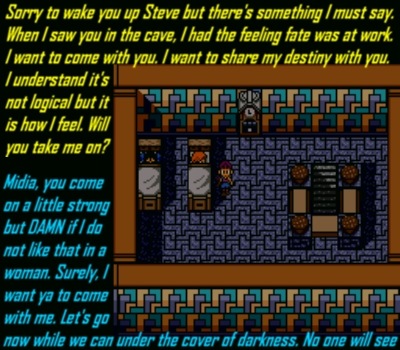

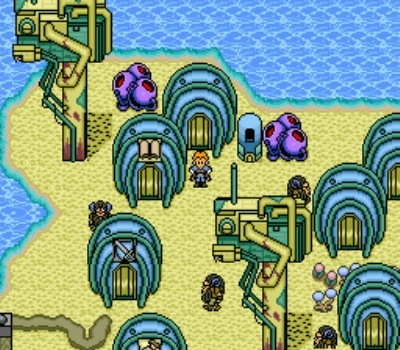
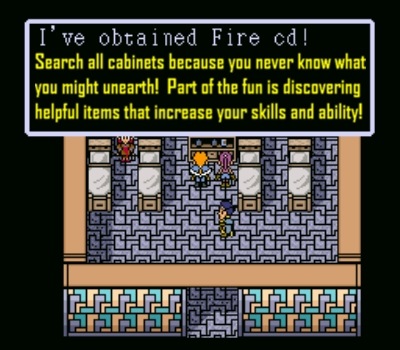
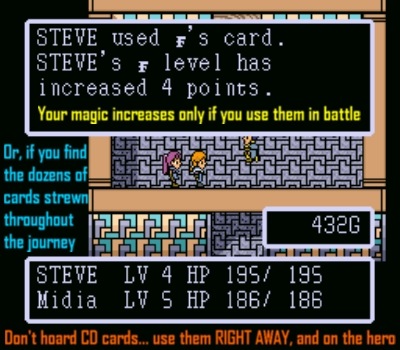
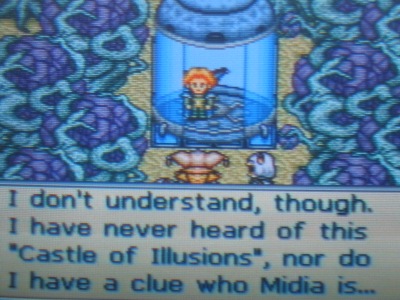
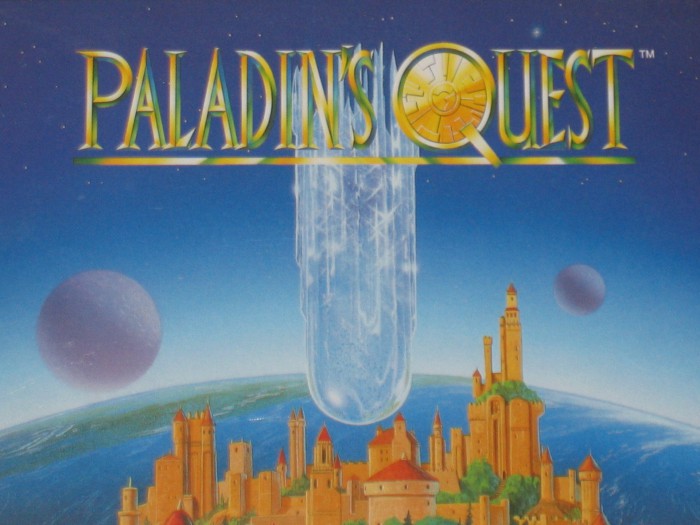
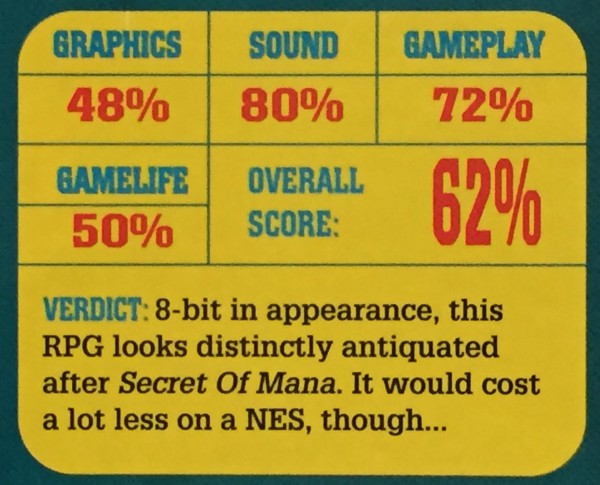

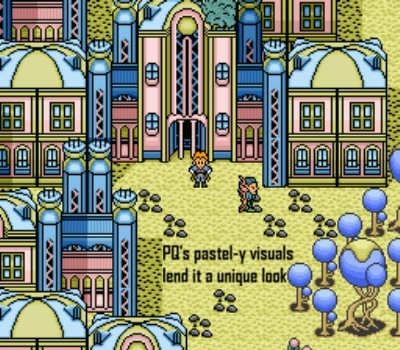
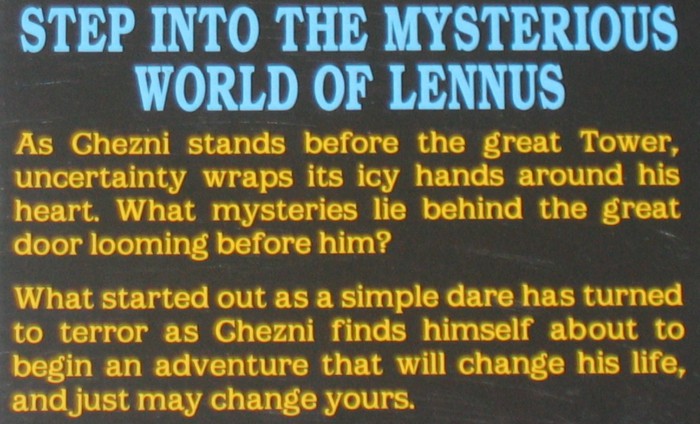

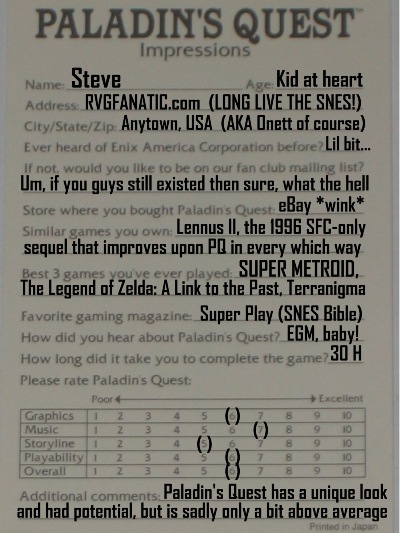
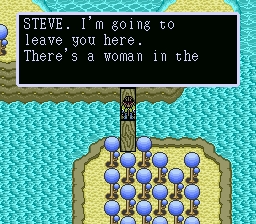
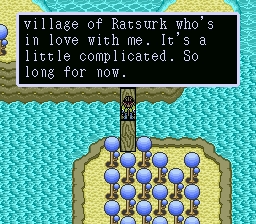
I know Copya System’s inaugural RPG effort isn’t for everyone, and I completely respect that, but personally I like Paladin’s Quest in spite of its shortcomings; just beat it for the third time since I got it a few Christmases ago. =) The late writer/director Hidenori Shibao (RIP) had a very fascinating vision with Lennus, there is a highly surreal quality to its world that I can’t help but be drawn into it with its pastel-toned color choices and surrealistic design for everyone (houses, trees, mountains, et al), I wanted to explore it all. What also drew me in was the lore of Lennus which I thought was intriguing, and while I admit in the years before playing it I was uncertain of the prospect of using some of your HP to cast magic (I do love how in the beginning there’s an NPC who dismisses the notion of the existence of “MP”) upon finally playing it I realized I didn’t have anything to worry about, except of course conserving health and only using it when warranted.
I found it interesting that you had a choice to physically attack enemies from more than one part of the character’s body and that you could practically do it all with one hand during battle, and I liked the mercenary system as well and how each person you hire has a different technique. Kohei Tanaka’s music succinctly complements Lennus’ atmosphere in my opinion as it manages to breathe life into its 10,000 year old world, also it captures the right tone of each individual scene; one of my favorite video game scores of his (there’s no such thing as a bad Kohei Tanaka score in my book), but it doesn’t hold a candle to his greatest work for Matrix Software’s Alundra.
I also found the contrast between Naskuot and Saskuot interesting, on one hand you have a bright continent where it’s rich with prestigious life accompanied by a very empowering overworld theme but on the other hand you have a poor and withered continent where its residents are initially hostile and prejudicial towards you simply because you’re from Naskuot (the fact that Zaygos has taken over Saskuot doesn’t help matters) with a darker and slightly more aggressive background theme.
I can see how the slow pacing can be a bit of a put off when it comes to bird’s eye segments, but at least it’s consistent in that regard and for me anyway the only time I really wanted it to go faster was during the final segment (the underground does make for an ideal place to level grind and/or money farm, though) which is more than I can say for certain other turn-based RPGs (Neverland’s Lufia & the Fortress of Doom has your characters move swiftly in the safe areas but everywhere else it’s slow which I personally found annoying among other factors, thankfully the bizarrely titled prequel Lufia II: Rise of the Sinistrals–why put a successive number in a title designated for a prequel?–fixed that so you could go swiftly all the time). I appreciate that all characters in your party receive the equal high amount of experience points as opposed to dividing them by the number of people in your party (like a certain Capcom RPG sequel did), so it’s good.
One joke I found endearing was in Rekuon Town where you entered the chapel and talked to the priest in a deliberately 8-bit interior area, in a playful nod to games like the grandfather of turn-based RPGs Dragon Quest where generally in those kinds of turn-based RPGs if one of your party members loses all health their health is at zero (which isn’t the case here as if a party member lost all their health in battle and then you either win or run away from battle said member’s health is at 1 HP), where he’ll try to revive one of your characters but then once he sees that no one needs reviving he sheepishly attempts to flee from the room but before he reaches the exit door he trips then gets up again to finish his escape–makes me laugh every time. XD
Roe R. Adams III largely did a good job when it came to translating the dialogue in my opinion, certain spelling errors on certain occasions notwithstanding, though I’ll admit it does falter when it comes to the items and equipment you come across as they are awkwardly shortened and abbreviated–the first time I played it I now idea what the items (such as “P fth” and “G milk” or any of the “cd” items) were until I looked at the item and monster chart I got with the game at which point I was like “Oh!” =O … probably would’ve helped if there were an option to tell you what certain items do, but oh well.
Interestingly five people involved in Lennus/Paladin’s Quest had prior involvement with Jorudan’s Xardion of all games, weirdly enough–music composer Kohei Tanaka, producers Hiroshi Okamoto and Shinji Ogawa, American version producer Toshiyuki Futamura, and Roe R. Adams III who did the English translation–I do have more enjoyment from playing Paladin’s Quest than Xardion (or for that matter fellow Jorudan platformer Musya, which incidentally I would play over Xardion). It also precedes Produce’s Elnard/The 7th Saga (the latter came to America before Paladin’s Quest), Quintet and Ancient’s Slapstick/Robotrek, and SquareSoft’s Chrono Trigger in that there’s a moment where you travel back in time (and it’s all in black and white which just adds more to the surreal value).
I haven’t played the sequel, I’d like to play it someday, but both the original Super Famicart and the NTSC SNES repro cart are very expensive (especially the former, I mean WOW); I hear it’s better than Lennus/Paladin’s Quest, but by how much I’m not sure. Of the SNES turn-based RPGs released by Enix, I personally liked this one more than Robotrek (cute lighthearted fun hampered by unequal quality of music and an awful translation) and especially more than The 7th Saga (Elnard does trump all three, though, as it’s fair and balanced and a lot of fun and easy to revisit unlike the American version concocted by Enix of America in hubris and contempt mode).
I wouldn’t play Paladin’s Quest over Capcom’s original Breath of Fire turn-based RPG, Chrono Trigger, any of the canon Final Fantasy RPGs, Super Mario RPG: Legend of the Seven Stars, Elnard, or Konami’s Mōryō Senki MADARA 2, but I would play it over HAL Laboratory’s Arcana, Final Fantasy Mystic Quest (I like the game, in spite of its brevity and easygoing nature), Robotrek, The 7th Saga, Breath of Fire II, and it wouldn’t be fair for me to judge the Lufia RPGs as I haven’t beaten either one (yet) but I would definitely play it over the first one because of the aforementioned reasons. One reservation I always had with this game is the lack of an in-game time clock, it would’ve been nice to know exactly how long I’d been playing it without looking at different clocks or my watch or whatever so I wouldn’t be left guessing (especially with all the level grinding).
Still, I acknowledge that this game’s got flaws and shortcomings but I enjoy playing it all the same. =)
To each their own
Wow, once again you are a wealth of video gaming knowledge, my good sir. Very impressive and very informative. I agree that there’s a striking quality to Paladin’s Quest that sadly many have overlooked simply because they can’t get over certain aspects of the game (deliberate pacing, weird abbreviations, unique gimmicks like “MP” being subtracted from your HP, etc.) but for those whom it connects with, it can leave a vivid impression. Its pastel-y colors and haunting music as you said are part of the game’s highlights. It almost feels like a classic fairy tale novel you might have read from elementary school.
I have beaten Lennus II and enjoyed that a fair bit more. I recommend it. It has a save anywhere feature which makes it ideal for playing in however long you can. Sometimes I only have 10 minutes to game and in such cases, Lennus II’s save anywhere feature was a boon. I had no idea the repro was expensive. As you well know, there are other means to play it. I won’t get into playing philosophies but I’ll just say this: it’s worthy enough to be played… however which way you can.